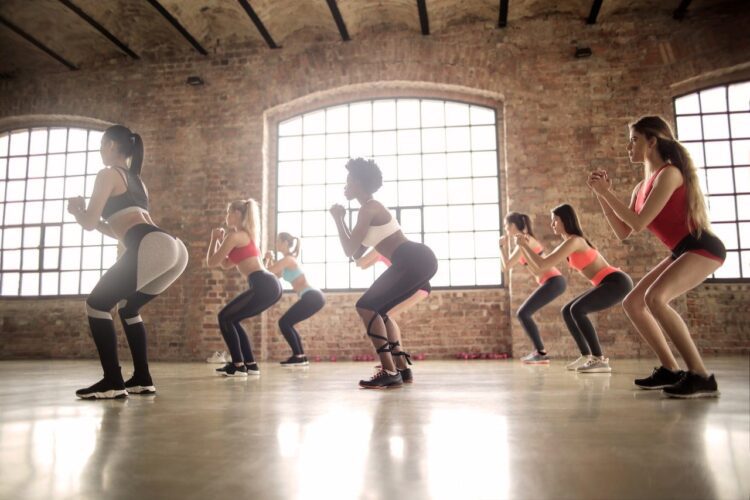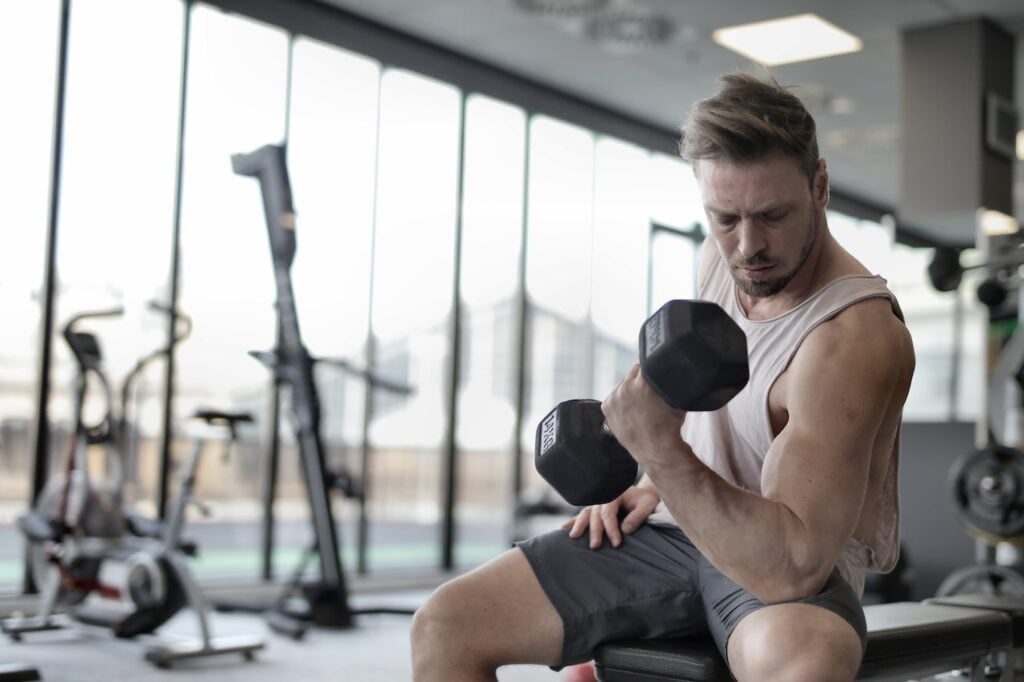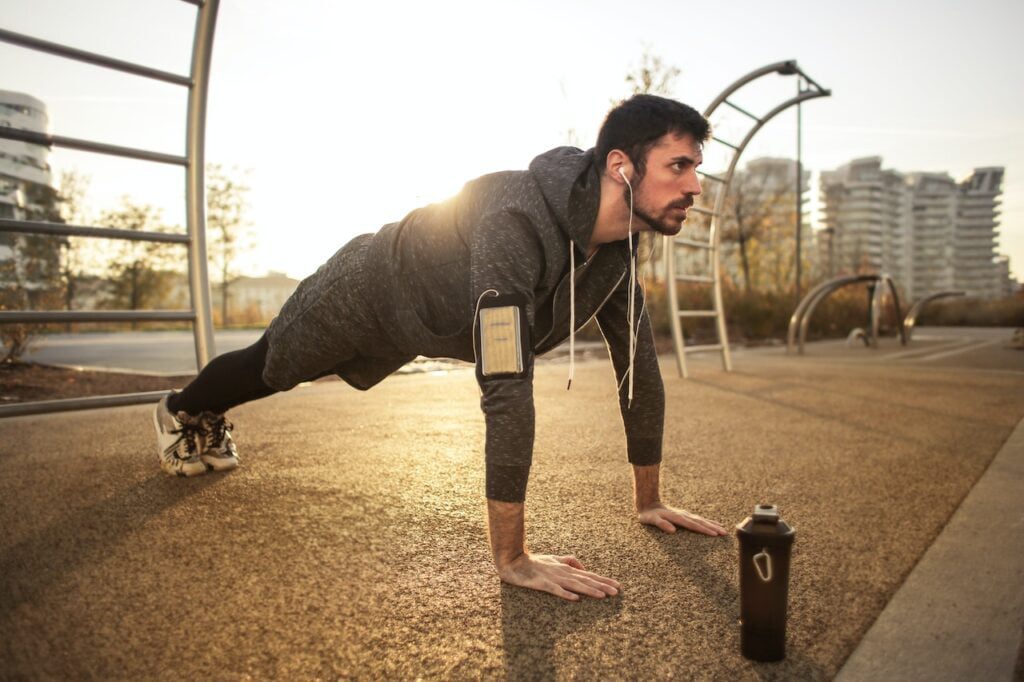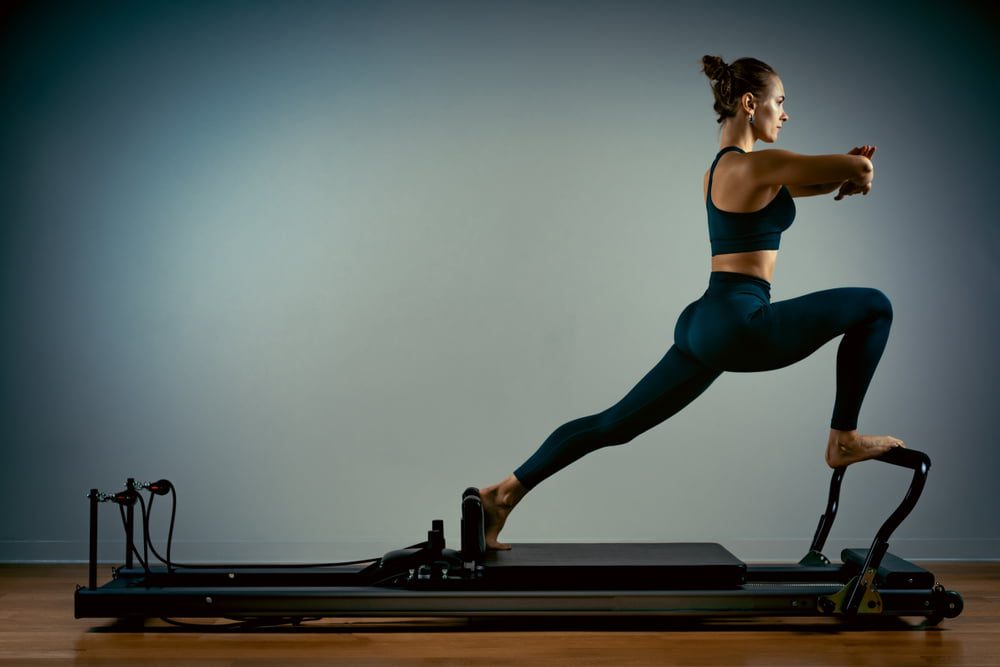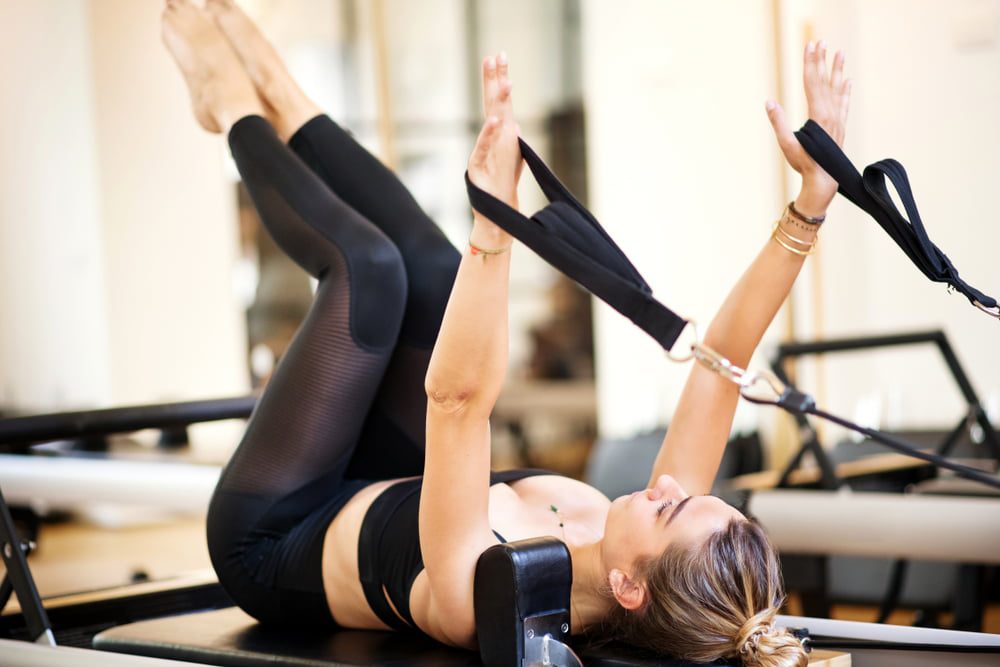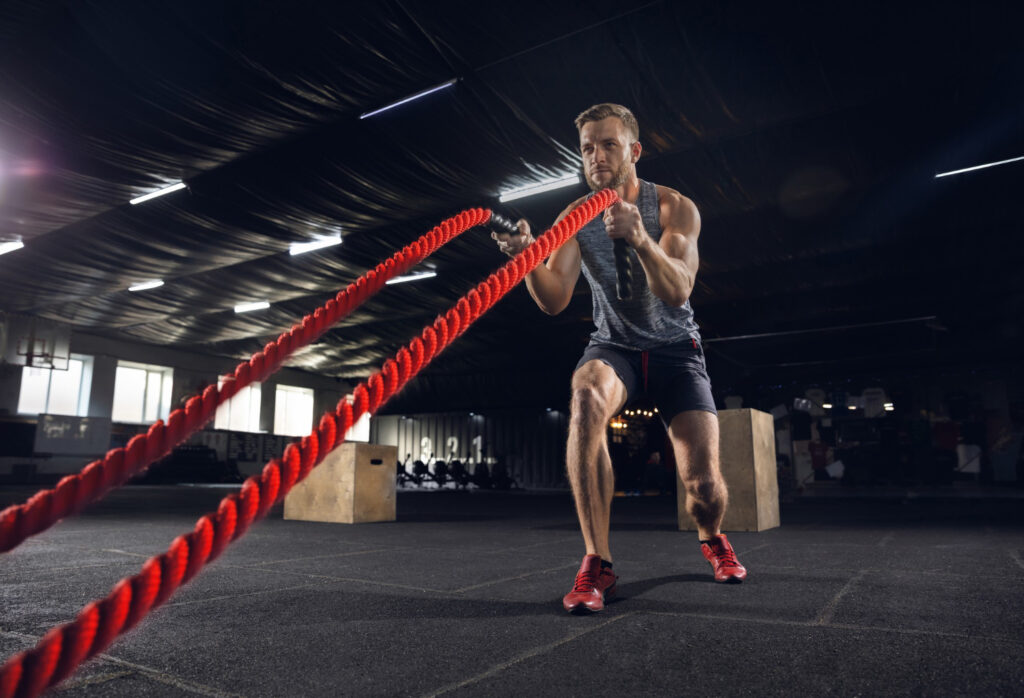Squat depth is a crucial factor in achieving proper form and maximizing the effectiveness of the exercise. However, for many individuals, achieving a deep squat can be challenging due to various factors such as limited flexibility, muscle imbalances or incorrect technique. Fortunately, there are several strategies and exercises that can help to increase squat depth and unlock the full potential of this fundamental compound movement. In this guide, we will explore different tips, techniques and stretches that can assist in improving squat depth, enabling individuals to reap the numerous benefits associated with this exercise. Whether you are an athlete, weightlifter or simply someone looking to enhance their lower body strength and mobility, this guide will provide you with valuable insights and actionable steps to increase your squat depth effectively and safely.
Why Squat Depth Matter?
Squat depth is important for a variety of reasons. First and foremost, achieving proper squat depth ensures that you are effectively targeting and engaging all the muscles involved in the movement. Going too shallow in a squat can limit muscle activation, leading to imbalances and potential injuries in the long run.
Additionally, squatting to an appropriate depth helps to improve mobility and flexibility in the hips, knees and ankles, allowing for a more functional range of motion.
Benefits of Deep Squat.
There are numerous benefits associated with squat depth, proving that going deeper in this exercise can yield exceptional gains for the body and overall fitness. Here are some key advantages of achieving a greater squat depth:
1. Increased Muscle Activation.
Squatting to a greater depth engages a wider range of muscles, including the quadriceps, hamstrings, glutes and calves. By going deeper, you activate these muscle groups more effectively, leading to improved strength and muscle development.
2. Enhanced Flexibility and Mobility.
Deep squats require a greater range of motion, which helps to improve flexibility and mobility in the hips, knees and ankles. Regularly performing deep squats can gradually increase joint flexibility, making daily movements easier and reducing the risk of injuries.
3. Improved Balance and Stability.
Squatting deeper challenges your balance and stability, as it requires greater core activation and control. By regularly practicing deep squats, you can strengthen the stabilizer muscles in your legs and core, leading to improved overall balance and stability.
4. Increased Calorie Burn.
Squatting to a greater depth increases the intensity of the exercise, resulting in a higher calorie burn. Deep squats engage multiple muscle groups simultaneously, leading to greater energy expenditure and potentially aiding in weight loss or weight management goals.
5. Enhanced Athletic Performance.
Deep squats are widely recognized as a functional movement that mimics various athletic activities, such as jumping and sprinting. By incorporating deep squats into your training routine, you can improve your explosiveness, power and overall athletic performance.
6. Strengthened Bones and Joints.
Squatting with proper form and to a deeper depth can help to strengthen bones and joints. The load placed on the skeletal system during deep squats promotes bone density and can help to prevent conditions like osteoporosis.
Additionally, strengthening the muscles around the joints can provide added support, reducing the risk of joint related issues.
7. Improved Posture and Spinal Health.
Deep squats require proper alignment and core engagement, which can help to improve posture and spinal health. By strengthening the muscles in your back and core, deep squats contribute to a stable and aligned spine, reducing the risk of back pain and improve overall posture.
| 💡 Tips Verywel Fit.com Squatting to a greater depth offers numerous benefits, including increased muscle activation, improved flexibility and mobility, enhanced balance and stability, increased calorie burn, improved athletic performance, strengthened bones and joints and improved posture and spinal health. Incorporating deep squats into your fitness routine can lead to significant advancements in overall strength, functionality and physical well-being. |
Side Effects of Deep Squat.
While squatting deep can have numerous benefits, it is important to be aware of potential side effects that may arise from improper technique, excessive weight or pre existing conditions.
1. Joint Strain.
Squatting too deep without proper form or control may put excessive stress on the knee, hip and ankle joints. This can lead to discomfort, inflammation or even injury in these areas if not addressed and corrected.
2. Muscle Imbalances.
Over time, improper squat depth can contribute to muscle imbalances. Focusing solely on going deep without maintaining balance and stability throughout the movement can result in certain muscles becoming overdeveloped while others remain weak. This imbalance can lead to poor posture and increased risk of injury in the long run.
3. Lower Back Pain.
Squatting too deep with a rounded lower back can place undue stress on the lumbar spine, leading to lower back pain. This can occur if the core muscles are not engaged properly or if the weight being lifted is too heavy for the individual’s strength and stability.
4. Knee Issues.
Individuals with pre-existing knee conditions, such as patellar tendonitis or meniscus injuries, may experience increased discomfort or aggravation when squatting deep. It is crucial for those with knee issues to consult with a healthcare professional or a qualified trainer to determine the appropriate range of motion that suits their specific needs.
5. Lack of Progression.
Going too deep too soon or attempting to lift excessive weight while squatting can hinder progression. It is essential to gradually increase the depth and weight, allowing the body to adapt and strengthen over time. Rushing this process may lead to plateaus or even setbacks in strength and muscle development.
| 💡 Tips Verywel Fit.com To mitigate these potential side effects, it is recommended to prioritize proper form and technique when performing squats. Ensuring that the knees track in line with the toes, maintaining a neutral spine, engaging the core and gradually progressing the depth and weight will help to reduce the likelihood of experiencing any adverse effects. Additionally, seeking guidance from a qualified trainer or healthcare professional can provide personalized recommendations based on individual capabilities and goals. |
How to Increase Squat Depth?
If you are looking to improve your squat depth, there are several strategies and exercises you can incorporate into your training routine. By following these tips, you can gradually increase your squat depth and build a stronger lower body:
1. Mobility and Flexibility Exercises.
Begin your squat depth journey by working on your mobility and flexibility. Incorporate exercises such as hip stretches, ankle mobility drills and deep squats with a support like a TRX or a pole to gradually increase your range of motion.
2. Ankle Mobility.
Poor ankle mobility can limit your squat depth. To improve it, perform ankle mobility exercises like calf stretches, heel raises and ankle circles. You can also try using a foam roller or lacrosse ball to massage the muscles around your ankles.
3. Hip Mobility.
Your hip mobility plays a crucial role in achieving a deep squat. Incorporate exercises like hip flexor stretches, hip circles and pigeon pose to increase the flexibility and mobility in your hip joints.
4. Warm-up Routine.
Prior to squatting, it is crucial to warm up your muscles and joints properly. Incorporate dynamic exercises such as leg swings, walking lunges and bodyweight squats to activate your lower body and prepare it for deeper squats.
5. Proper Technique.
Ensure that you are maintaining proper squat technique throughout your training. Keep your feet shoulder width apart, toes slightly pointed out, chest up and spine neutral. As you descend into the squat, focus on pushing your knees out and maintaining a strong core.
6. Gradual Progression.
Increasing your squat depth is a gradual process. Begin by squatting to a comfortable depth and gradually increase the range of motion over time. Avoid rushing the process to prevent injury and allow your muscles and joints to adapt.
7. Box Squats.
Incorporate box squats into your training routine. Start by squatting onto a box or bench that allows you to reach a comfortable depth. Gradually lower the height of the box as your squat depth improves, challenging your muscles to go deeper.
8. Tempo Squats.
Incorporate tempo squats into your workouts. This involves slowing down the descent and ascent of your squat, emphasizing control and stability throughout the movement. This technique can help you to develop better depth and control in your squat.
9. Strengthening Exercises.
Strengthening the muscles involved in the squat can enhance your ability to achieve greater depth. Incorporate exercises like lunges, Bulgarian split squats, and glute bridges to target and strengthen your lower body muscles.
10. Consistency and Patience.
Improving your squat depth takes time, consistency and patience. Stay committed to your training routine and gradually challenge yourself to go deeper with each squat. Celebrate small victories along the way and trust the process.
| 💡 Tips Verywel Fit.com It is essential to listen to your body and work within your limitations. If you experience any pain or discomfort during your squatting practice, consult a certified fitness professional or physical therapist for guidance. |
How To Do Depth Squat.
Squat depth is an essential aspect of performing squats correctly and maximizing their benefits. Here are some steps to help you achieve proper squat depth:
1. Warm Up.
Begin your squat session with a proper warm-up routine. This can include dynamic stretches, such as leg swings and hip circles, to loosen up your lower body muscles and increase mobility.
2. Proper Stance.
Stand with your feet shoulder-width apart or slightly wider. Point your toes slightly outward, at around a 15 to 30-degree angle. This will help you to maintain balance and engage your muscles effectively.
3. Engage Your Core.
Before starting the squat, engage your core muscles by pulling your belly button in towards your spine. This will provide stability and support during the movement.
4. Initiate the Squat.
To begin the squat, push your hips back as if you are sitting down on an imaginary chair. Keep your chest up and your gaze forward to maintain a neutral spine throughout the movement.
5. Bend Your Knees.
As you lower your body, bend your knees and aim to bring your thighs parallel to the ground. It is crucial to avoid letting your knees cave inward; instead, push them outward, tracking in line with your toes.
6. Maintain Posture.
Focus on maintaining an upright torso throughout the squat. Avoid rounding your back or leaning too far forward, as this can put unnecessary strain on your lower back.
7. Full Range of Motion: Aim to achieve a full range of motion by descending until your hips are slightly below your knee level. However, be mindful of your individual flexibility and mobility. If you are unable to reach this depth without compromising form or experiencing discomfort, work within a range that feels comfortable for you.
8. Drive Through Your Heels.
Once you’ve reached the desired depth, push through your heels to return to the starting position. This will activate your glutes and hamstrings more effectively.
9. Breathe Properly.
Inhale as you lower your body down and exhale as you push back up. Maintaining a consistent breathing pattern will help stabilize your core and increase your overall strength.
10. Gradual Progression.
If you’re just starting with squats or working on improving your depth, it’s essential to progress gradually. Focus on perfecting your form and gradually increase the weight or difficulty level over time.
| 💡 Tips Verywel Fit.com Remember, proper squat depth may vary depending on factors such as individual flexibility, strength and goals. If you’re unsure about your form or have any concerns, consider consulting a qualified fitness professional for guidance and personalized advice. |
Bottom Line.
Increasing squat depth is a crucial aspect of improving lower body strength and overall athletic performance. By implementing a combination of mobility exercises, proper technique and progressive overload, individuals can gradually enhance their squat depth over time. It is important to prioritize safety and listen to the body’s limitations, gradually pushing boundaries without compromising form. Additionally, maintaining flexibility through regular stretching and foam rolling can help to prevent injuries and increase range of motion. With consistent practice and dedication, anyone can achieve greater squat depth, leading to improved muscle development, stability, and functional movement abilities. Remember, progress may be slow, but each small step forward is a step towards long-term success.
How we reviewed this article:
Our team of experts is always monitoring the health and wellness field, ensuring that our articles are updated promptly as new information emerges. See Our Editorial Process
Oct 25, 2025
Written By: Mila Apostolovic
Reviewed By: David Rosales
Written By: Mila Apostolovic
Reviewed By: David Rosales

 Workout
Workout
 Meditation
Meditation





 Contact Us
Contact Us



